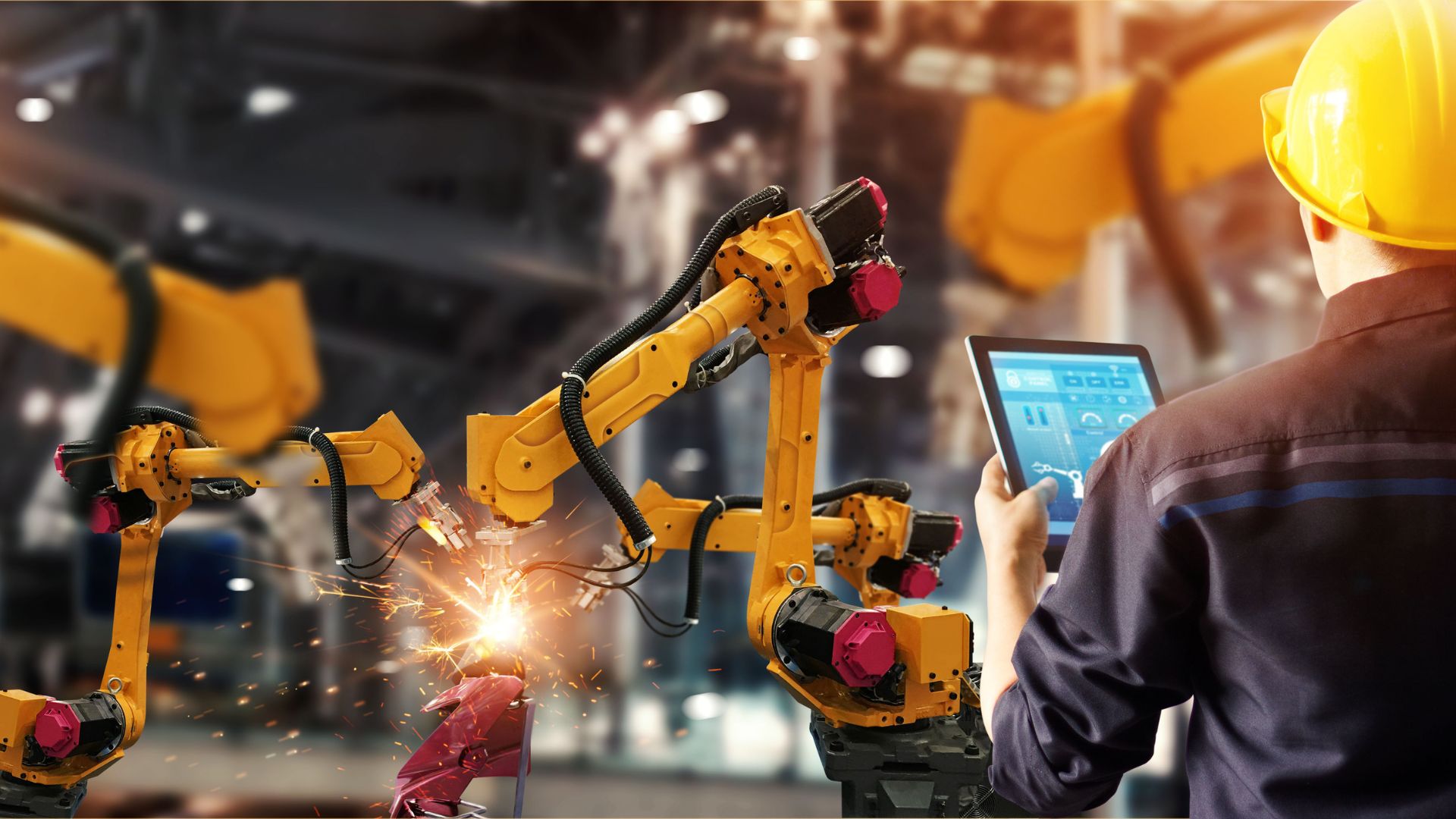Home Depot co-founder Ken Langone spoke out on Fox Business Thursday morning on tax reform, health care and why leaders should be more sensitive to the concerns of the American people.
At WorkingNation, we see it as our role to point out to our leaders like Ken Langone that they need to continue to be highly sensitive to the plight of the American workforce. Our first goal is to ring the alarm about the rapidly changing employment demands on the U.S. workforce – and get stakeholders to begin thinking about the problem.
Our second goal is to highlight and promote the grassroots solutions that are already in place throughout this country — the wide range of corporate, nonprofit, academic, and local government programs and initiatives that are already preparing American workers for a changing labor market — so that we can begin to scale and expand them.
We do have the ability to address this problem, but we are going to have to act much faster and on a much larger scale than we currently are. And we are going to have to act starting now.
We are seeing significant advances in technology. We know that many jobs are already being automated at staggering rates, particularly in manufacturing, assembly line, and low-skill service jobs.
That threat now extends much further. Technology is eliminating jobs — or showing the potential to eliminate jobs — even in some highly skilled positions and previously protected industries.
According to an Oxford University study, as many as 47 percent of all jobs could be eliminated by technology within the next 20 years.
Think of the effect that driverless vehicles will have on the transportation industry which currently is the largest industry in terms of employment in a majority of states in this country.
The advent of driverless vehicles alone stands to eliminate five million jobs in the next 10 to 20 years.
We are seeing the effects of automation on jobs and sectors that not so long ago would have been unimaginable. Entirely automated pharmacies replacing the work of pharmacists and their advanced degrees. Computer algorithms efficiently doing the painstaking legal work that was once assigned to paralegals. The list goes on.
In fact, a major study from the McKinsey consulting group in 2016, found that current technologies already can replace 45 percent of worker tasks across industries.
Then we have Globalization. Traditional manufacturing jobs are not only being automated, but are being sent overseas where the cost of doing business is much lower. Most of these jobs are not coming back.
Manufacturing peaked as a source of jobs in the U.S. in 1953. At that time, it employed 26 percent of American workers. In 2010, manufacturing accounted for just 9 percent of U.S. jobs. And guess which direction that will continue to go in.
A third factor influencing this is increased longevity in the workforce. People are living longer and retiring later in life. Many Americans who are staying in the workforce longer are not acquiring the new skills that are required in a changing economy.
Never before have we had to retrain the bulk of our middle age population — a population that is still firmly in the workforce.
Finally, there is the inability of the education system to keep pace with these three other variables coming together at the same time. There are good, secure jobs out there, and there will continue to be in the future, but often companies cannot find capable people with the appropriate skill sets to fill them.











